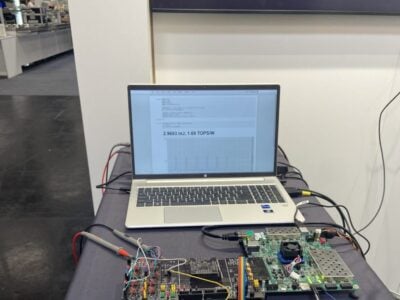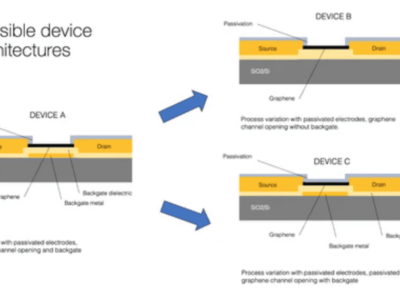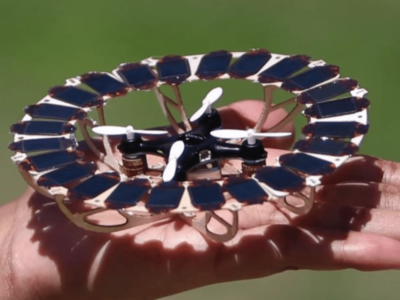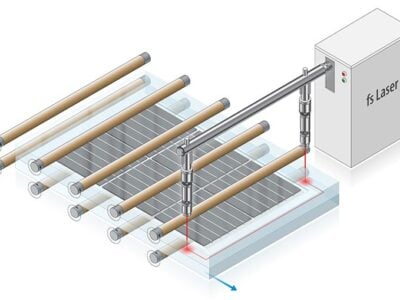
Dissolvable memristor made of egg proteins, magnesium and tungsten
A memristor – sometimes simply called a non-volatile resistive memory – is a two-contact variable device that not only controls the flow of electrical current, like a resistor, and does so as a function of its previous history, a memory effect and hence the memristor name.
Transient electronics and memristors have previously been touted as having potential for numerous applications from controlling localized drug delivery to monitoring pollution. The memristor also has scope for incorporation in neuromorphic computing architectures.
With particular reference to biomedical and implantable applications scientists have been working with organic materials to test how well they perform in electronic devices and whether they might cause side effects or damage when implanted. Dissolvable materials have an advantage not only for implantable applications but also with reducing with the amount of waste generated by the electronics industry. However, performance is usually orders of magnitude lower than fully optimized inorganic semiconductor systems.
Jikui Luo of Bolton University, Xiaozhi Wang of Zhejiang University, Hangzhou and colleagues spun diluted albumen, the clear liquid within an egg, to form it into an ultra-thin film for use as the dielectric in an integrated circuit. Magnesium and tungsten top and bottom electrodes are used to fabricate water-soluble memristors arranged in a 4 by 4 cross-bar configuration.
The researchers have reported that the egg-based memristors show bipolar resistive switching behavior with 1V voltage scheme and with a high-to-low resistance ratio in the range of 100:1 up to 10,000 to 1. This is higher than most other biomaterial based memristors.

I-V characteristic for set-reset function of albumen memory. Source: Xingli He et al.
The array had a retention time of the order of a few hours (10^4 seconds) with no sign of deterioration, the paper reports. The researchers state that they believe the switching behavior is based on the formation and destruction of metal filaments across the albumen dielectric accompanied by hopping conduction.
Under dry conditions the components worked for more than three months but when exposed to water the electrodes and albumen dissolved in two to 10 hours. The rest of the chip took about three days (72 hours) to break down, leaving minimal residues behind, the researchers said.
The researchers said biocompatible and dissolvable electronic devices will be useful for bioelectronics and environment sensors for the Internet of Things, which are expected to be deployed in billions of units and therefore would benefit from being dissolvable.
Related links and articles:
News articles:
Neural network built in plastic
Further details of FinFET ReRAM released
Crossbar raises $35 million for ReRAM roll out
 If you enjoyed this article, you will like the following ones: don't miss them by subscribing to :
eeNews on Google News
If you enjoyed this article, you will like the following ones: don't miss them by subscribing to :
eeNews on Google News



